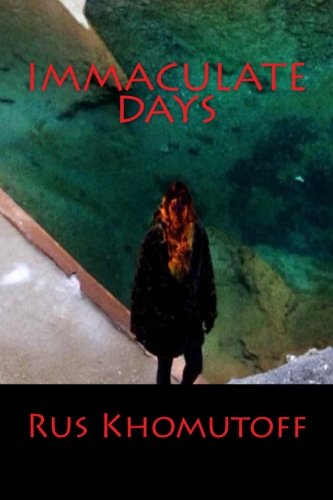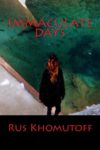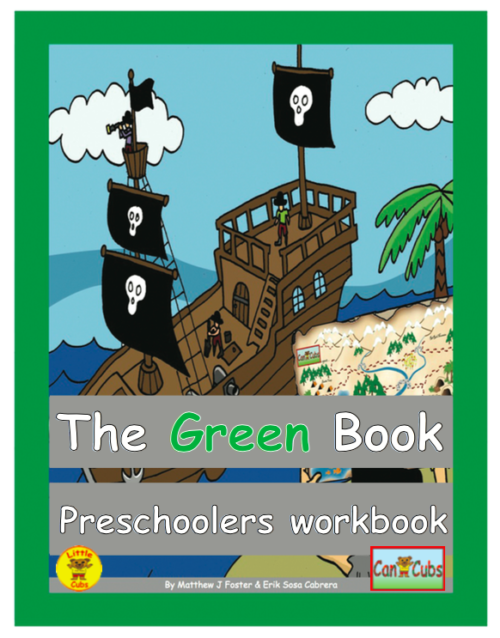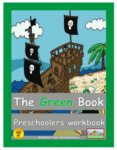The author says:
Safety and Liability Analyst Craig Shannon finds himself investigating the deaths of two people on the water-filled world called Teardrop. But the deaths were no accident, and all evidence points to a conspiracy against the peaceful alien natives known as the kell. Craig must search for the truth behind the plan to terraform Teardrop to not only save his own life, but the life of an entire planet.
This is a replacement cover to my existing novel. It is science fiction with elements of mystery and adventure. This is the finished cover. Because of the mixture of genres, I’m not sure which author’s readers it would appeal to.
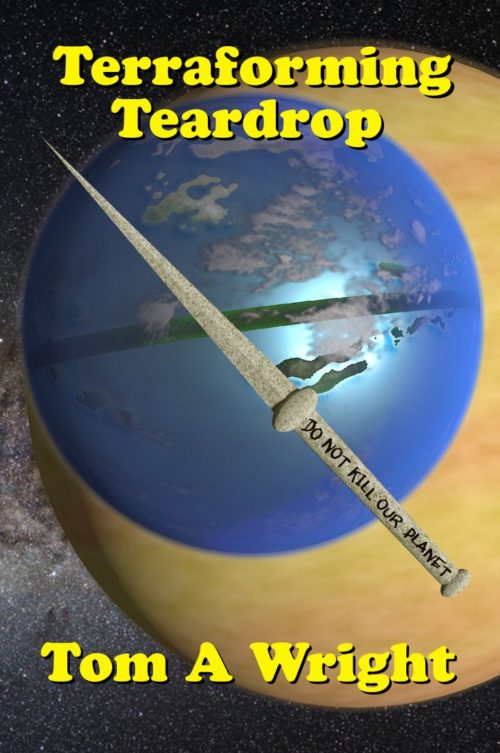

Nathan says:
Because it’s a replacement, I decided that looking at the current cover would be instructive:
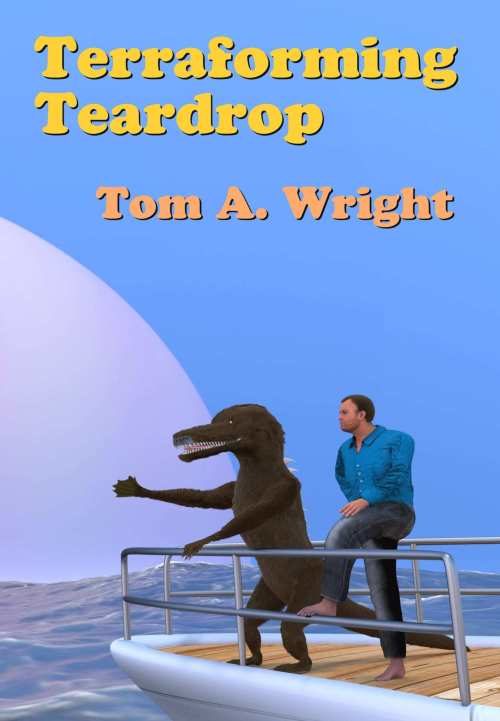
You’ve made changes, but I don’t think you’ve made improvements.
What you describe above is “SF” and “suspense.” So what are the elements common to each? What are the visual cues that let readers of suspense and science fiction (and especially suspenseful SF) know at a glance that this is a book for them?
Suspense: Dark, shadowy settings with high contrast. People in shadow, or similarly lit in high contrast. The subtext of danger and flight.
Science fiction: Technology, space, alien fauna, SOMETHING that tells us we’re not in Kansas.
Both: Strong type.
So here’s the problem with your revised cover: You have none of that, except the “space” part — and even that isn’t easily discernible; in thumbnail, the planet could as easily be a rubber ball.
So: Pick a strong, clean font (probably sans serif). Let it dominate the cover, as opposed to sliding into the layout innocuously where it won’t intrude. Use an image with stark contrast. If you want to play up the novelty of the water-planet setting, make it a “wet” image. (Drowning imagery works well for “being in over your head.”)
Other comments?
